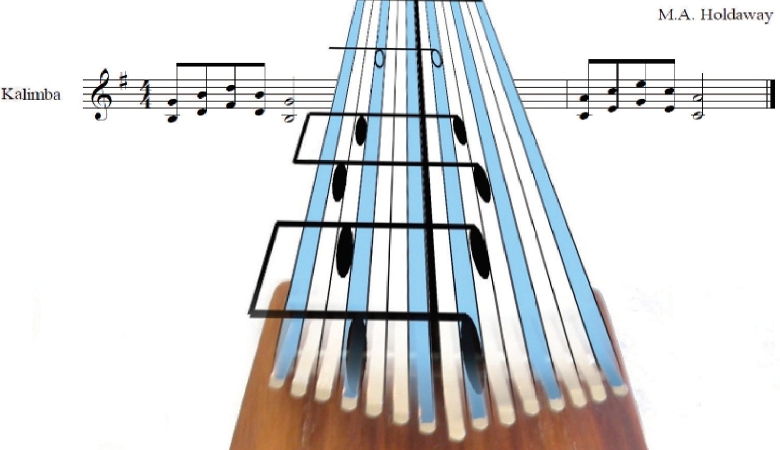I played an hour of two of kalimba each day for the next 18 years. The kalimba will teach you how to play it if you are receptive. By 2004, I had gotten to be a pretty good kalimba player…but I didn’t have a lot of confidence.
But I had one friend, Betty, who believed in me. She believed that what I was doing with the kalimba was unique in the world. I had certainly forged my own path playing kalimba on my own for 18 years. Betty said I was destined to do something really great with the kalimba. And I believed her.
